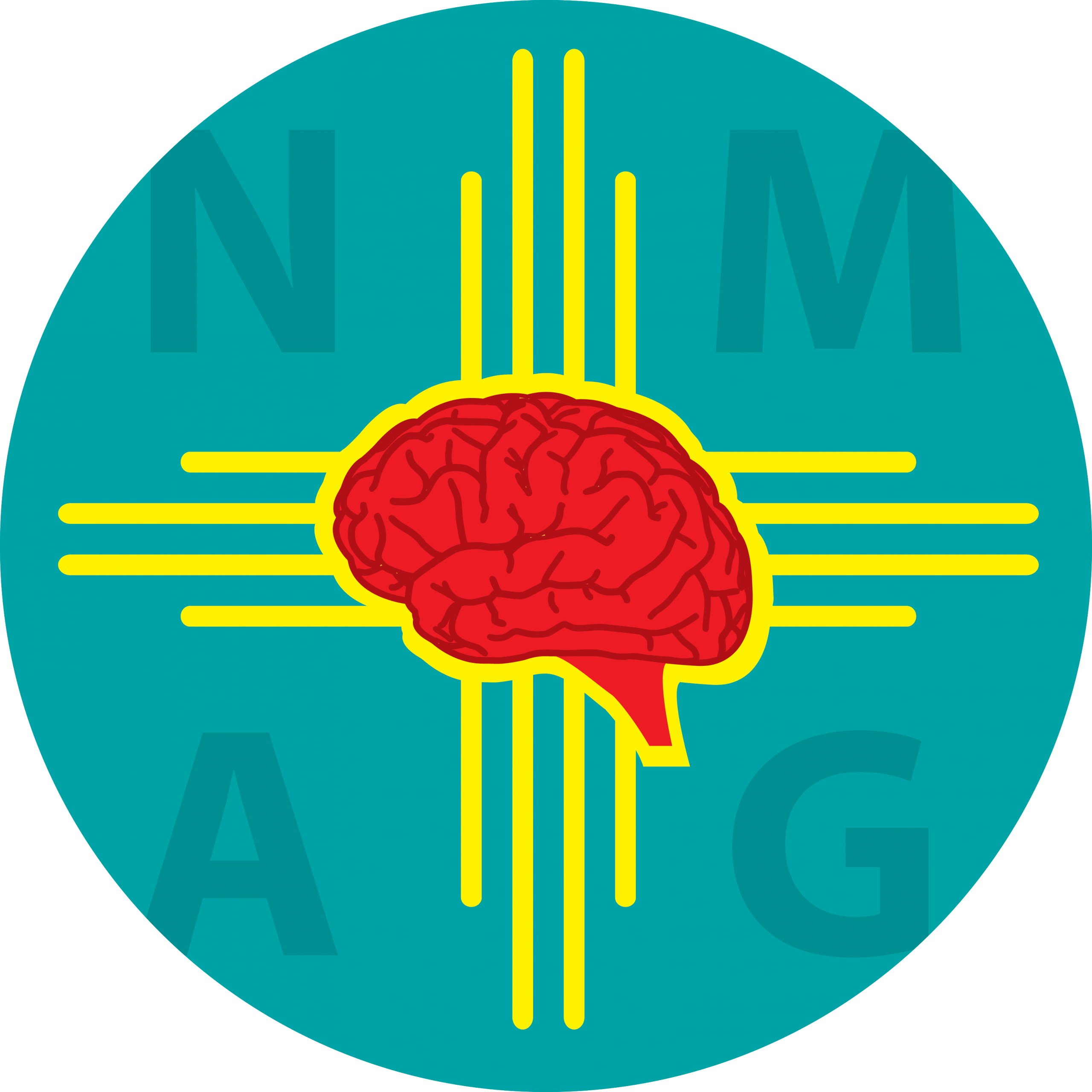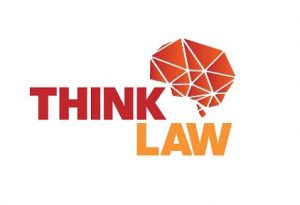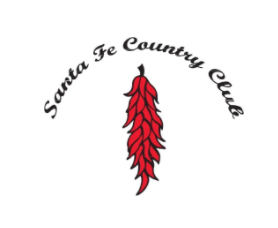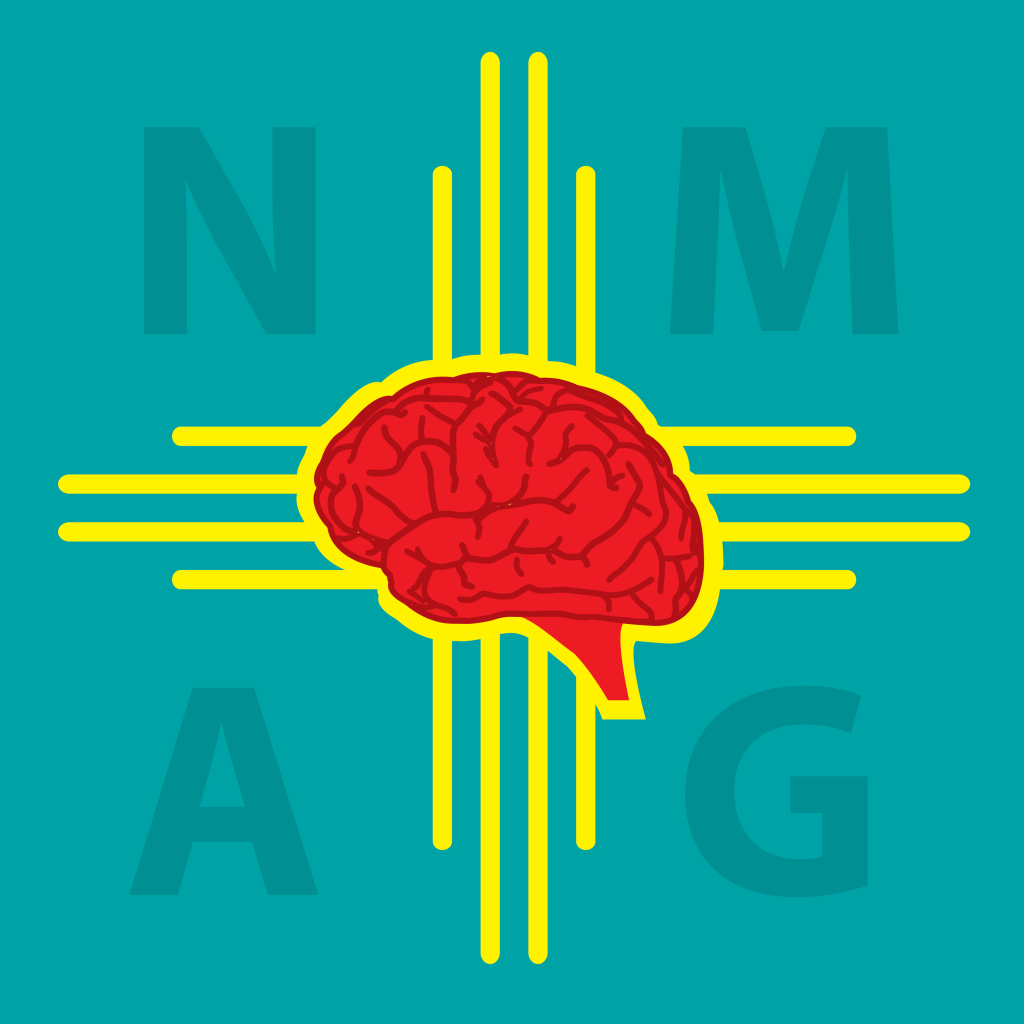I’m so pleased the Santa Fe New Mexican published “Reaching Out to Help Diverse Voices Betters Our World” in their My View section on Saturday, April 28! Melissa Segura’s story is an inspiring one. Thanks to Daniel Chacón at the SF New Mexican for the feature article on her award-winning journalism. Please share widely to help build support for initiatives to help others grow to impact the world in positive ways.
Find out more about the George Polk Awards:
Here’s the opinion article published recently in The New Mexican:
Daniel J. Chacón’s article on award-winning journalist and Santa Fe native, Melissa Segura, resonated with me deeply (“S.F. native honored by prestigious Polk Awards,” Feb. 22).
Her story is that of a Santa Fe teen equipped with acute analytical ability, proclivity for research and writing, tenacity, vision, and reverence for the ideals of truth and justice, who grew up taking every opportunity to hone her journalism skills. She then discerned what would be the perfect investigative story for a diversity fellowship application, applied and won the fellowship, and followed through with research and reporting that was recognized for its quality, social impact, insightfulness and deft handling of nuanced, politically delicate issues. For Segura, the honor of the prestigious Polk award paled in comparison to the real reward of seeing the innocent freed from death row as a result of her work.
The theme of Segura’s story is that great accomplishments come from the confluence of ability, drive and opportunity. This proposition motivates me and many other educators of Santa Fe Public Schools, where I work to support diversity in gifted education programs. I hope Chacón’s article about Segura will inspire many readers to consider the multiplicity of essential factors, including diversity initiatives, that contribute to minority youth emerging to make such a substantial impact on society.
Although there is only one Melissa Segura, in our public schools there are many Hispanic youth with a similar mix of academic ability and drive that they can develop into talent to help improve the world. By New Mexico law, many of them could have Individual Education Plans for a gifted exceptionality, accompanied by supplemental operational funding so schools can fill gaps in opportunity that might deflect some of those students from their trajectory to change the world.
Diversity initiatives don’t just benefit the recipients of the boost in opportunity. Reaching out to include diverse voices may result in a more just and safe world for all, as Melissa Segura has demonstrated and as Chacón’s article reveals. This principle applies to diversity initiatives in gifted education, which, bolstered with broader cognizance and support, can expand the reach of identification in public schools, resisting any trend to curtail identification or funding.
As a result of diversity initiatives, the number of identified gifted Hispanic children in New Mexico nearly doubled in the first 13 years of this century, from 3,163 children in 2000 to 6,291 in 2013, according to the Office of Civil Rights Data Collection (ocrdata.ed.gov/statenationalestimations). Yet in 2013, Hispanic children still comprised only 42 percent of the gifted student population, a number disproportionate to their prevalence as 61 percent of the overall school population. The data show even less equitable identification of black and Native American gifted students, whose numbers rose until 2009 and then plummeted.
It is time to renew efforts to equitably identify diverse gifted students in our public schools. I invite readers moved by Chacón’s article to support full implementation of New Mexico law to diversify gifted education in the public schools. They may call or email state education department leaders and legislators, school officials and school board members, and relate how Melissa Segura’s story could be echoed in the lives of many more children with help from full implementation of existing regulations for gifted identification and service.
Interested readers may learn more from the Giftedness Knows No Boundaries information campaign of the National Association for Gifted Children (www.giftednessknowsnoboundaries.org). The New Mexico Association for the Gifted also provides relevant information online at www.nmgifted.org.
- 2021 New Mexico Association for the Gifted Fall Institute Goes Virtual. - August 9, 2021
- NMAG 2021 Fall Institute: Recharge, Reenergize, Reimagine: Igniting the Spark of Our Gifted Learners - June 3, 2021
- Support House Bill 130 - February 21, 2021
- Support for House Bill 130: Equity and Excellence in Gifted Education Act - February 18, 2021
- Announcing the NMAG Four Corners Affiliate - August 16, 2019
- Webinar: Teaching the Gifted and Talented in Art - December 14, 2018
- Training and Maintaining Alternate Protocol for Gifted ID - November 14, 2018
- Download and Share Your Fall 2018 Newsletter - October 15, 2018
- Get Your Get Smart Full Program - October 10, 2018
- Your own Q: Special Agent Dr. Jackie Gerstein at our Get Smart Fall Institute - October 7, 2018







Leave a Reply
You must be logged in to post a comment.